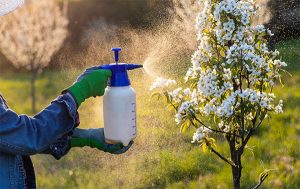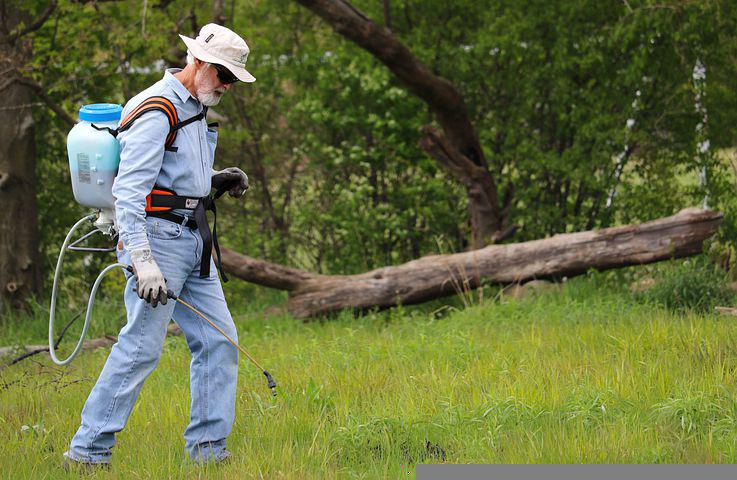By: Chuck Benbrook, HHRA ED
By: Mark Lipson, HHRA Director of Policy and Regulatory Engagement
We welcomed the invitation from California’s Department of Pesticide Regulation for members of the public to offer comments and guidance as the State begins to take concrete actions needed to achieve the goals set forth in the new report Sustainable Pest Management: A Roadmap for California.
Reviewing the 94-page Roadmap report reminded us how many constituencies, forces, and factors are pushing and pulling farmers, pest managers, and government agencies in multiple directions that are rarely aligned.
This Roadmap document describes a very different pest management future that will hopefully become the “de facto” way pests are managed on and off the farm by 2050.
 If successful by 2050, prevention-based biointensive Integrated Pest Management (bioIPM) will be the norm and there will be minimal if any use of high-risk “Priority Pesticides”.
If successful by 2050, prevention-based biointensive Integrated Pest Management (bioIPM) will be the norm and there will be minimal if any use of high-risk “Priority Pesticides”.
Some thirty-two years ago, DPR hired Chuck Benbrook to carry out a comprehensive evaluation of DPR’s programs and policies to assist in the integration of DPR into the newly-formed Cal-EPA. The resulting report, Challenge and Change: A Progressive Approach to Pesticide Regulation in California, came out in March of 1993. It provides dozens of recommendations intended to do many of the same things that the 2023 Roadmap report hopes to bring within reach.
The fact that most pest management systems in California have become more, not less reliant on pesticides over the last 30 years suggests that DPR’s and CDFA’s efforts to achieve Roadmap goals are going to entail heavy lifting, mostly uphill.
For this reason in HHRA’s comments, Mark and Chuck describe the nature and substantial scope of changes in laws and policy that will be required to track progress toward Roadmap goals and hopefully, someday, achieve them.

